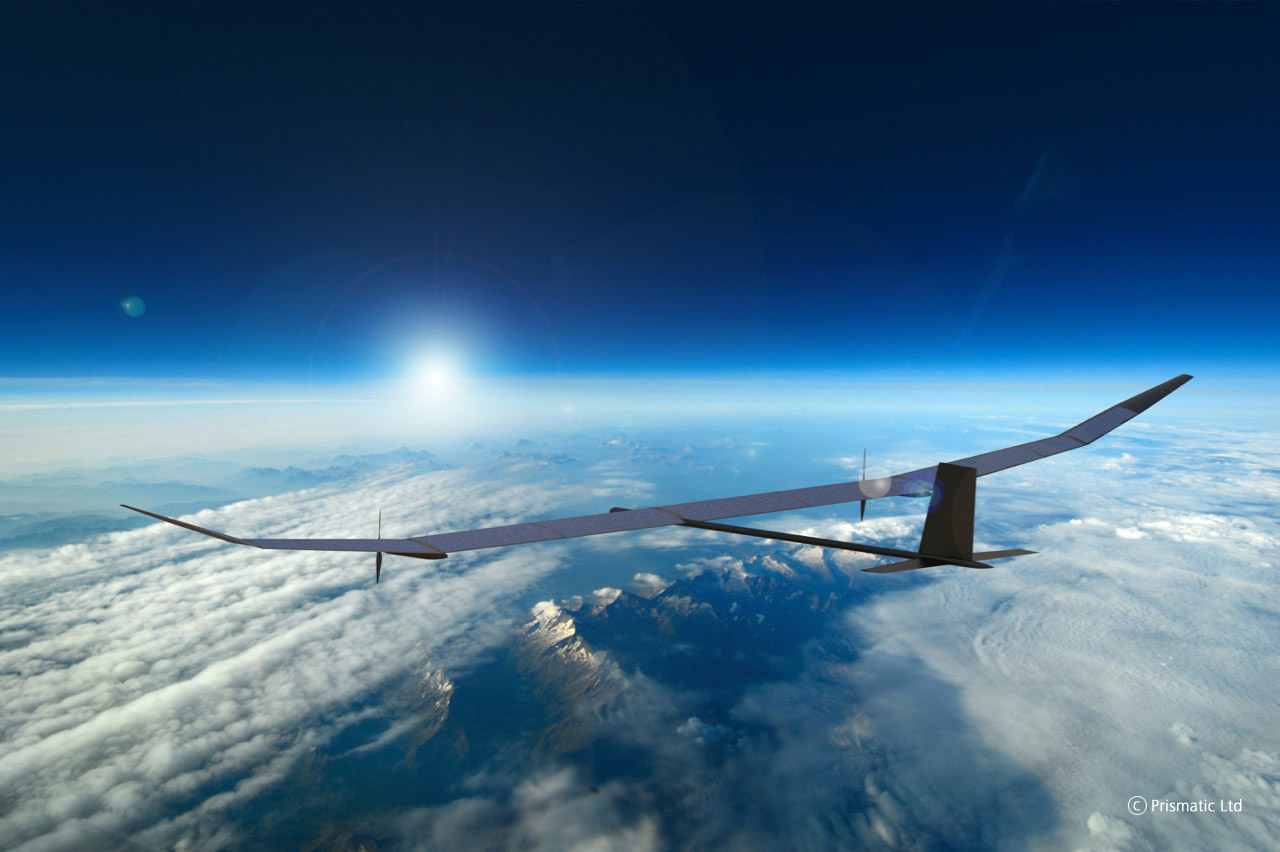
British aeronautic and defense giant BAE Systems has developed a solar-powered, stratosphere-flying drone that can act as a backup option to disabled communications satellites.
Dubbed Phasa-35, the so-called “pseudo satellite” is designed to operate at altitudes of up to 70,000 feet – far above weather systems that could block its solar source of power. The High Altitude Long Endurance (HALE) craft will most frequently be used to provide continual high-quality images of terrestrial locations, as well as for monitoring, surveillance, security, and conventional communications services.
But in the case of disruption or destruction of a satellite, the Phasa-35 can also act as a stand-in to relay information between ground stations or airborne planes – or, in war situations, between troops and remote commanders.
BAE says the drone “will provide both military and commercial customers with capabilities that are not currently available from existing air and space platforms.” Using 5G and other communications technologies, it says, the Phasa-35 can also be a far more affordable tool to disaster relief and border protection services than traditional satellite options.
PHASA-35’s flexible payload design allows for a large and varied range of sensor capabilities to be carried and updated as technology advances, providing an extreme level of persistent coverage over a fixed target area from ISR and communications payloads unlike any conventional platform.
The 35-meter-wide winged HALE can remain in stratospheric deployment for up to a year without returning to Earth. Onboard solar panels collect energy that’s transformed into electricity, and stored in rechargeable cells that continue powering the craft at night.
The craft took its first test flight in 2020, after a super-fast development period of just two years.
FTC: We use income earning auto affiliate links. More.




Comments